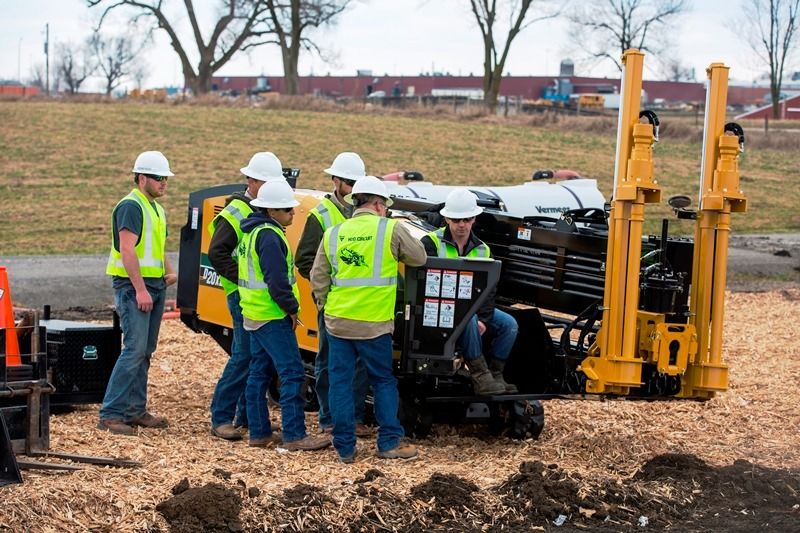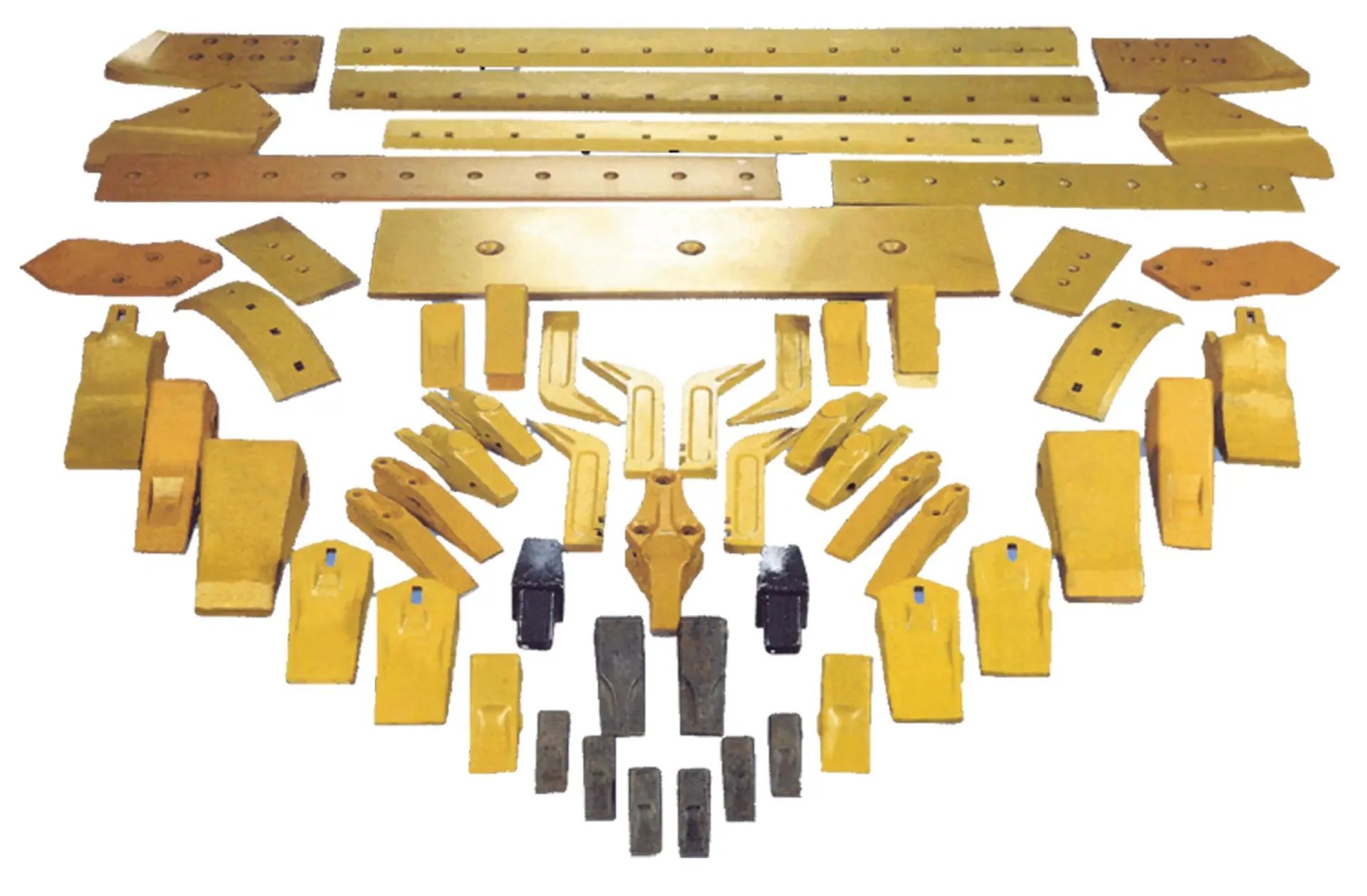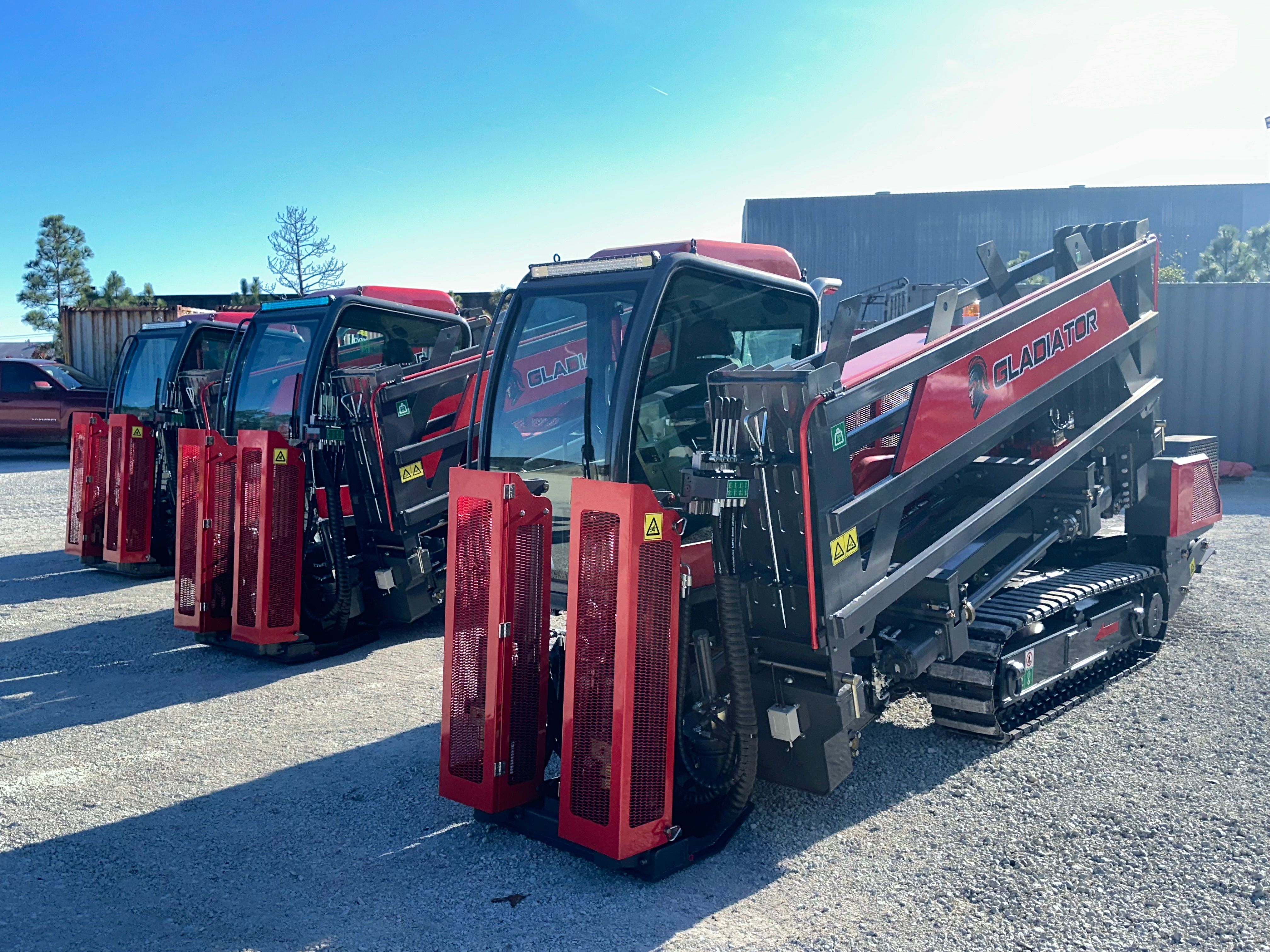A successful Horizontal Directional Drilling (HDD) project doesn't begin when the drill bites into the earth. It begins long before, with meticulous and systematic site preparation. Forgetting or rushing this crucial first phase is a recipe for delays, budget overruns, and dangerous accidents.
Proper jobsite planning for HDD is the foundation upon which every other phase is built. It’s about creating a controlled, safe, and efficient environment for your crew and equipment. This guide provides the top tips for ensuring your site is ready and your project is set up for success from day one.
1. Plan and Stake the Bore Path Meticulously
Before any equipment arrives, the most critical element is a well-defined plan for the bore path. This is your roadmap from the entry point to the exit point.
- Desktop Planning: The process starts in the office using survey data, geotechnical reports, and specialized HDD planning tools. This initial plan identifies the ideal route, depth, and pitch required to safely install the product pipe while avoiding known utilities and subsurface obstacles.
- Walk the Path: Once on-site, physically walk the entire proposed bore path. Look for surface-level obstacles that might not appear on a map, such as retaining walls, large trees with complex root systems, drainage ditches, and sensitive landscaping.
- Stake It Out: Clearly mark the entire centerline of the bore path with stakes or paint. You should also physically mark the locations for the entry and exit pits. This provides a clear visual reference for the entire crew, from the drill operator to the locator, ensuring everyone is working from the same plan.
2. Master the Pre-Locate and Utility Verification Process
This is arguably the most critical step for ensuring underground readiness and preventing a catastrophic utility strike.
- Call Before You Dig: The first action must always be to call the national "811" service or your local One-Call notification center. This must be done several days before your planned start date. This service officially notifies all public utility members (gas, electric, water, communications) that you intend to excavate.
- Respect the Marks: Once notified, the utility owners will send locators to mark their respective lines with paint and/or flags. It is crucial to understand these colors and respect the tolerance zones around them. A detailed review of these marks should be a key part of your on-site plan.
- Locate Private Utilities: Remember, 811 only covers public utilities. It is the contractor's responsibility to identify and locate any private lines, such as power lines to a detached garage, sprinkler systems, or septic lines. This often requires hiring a private utility locating service. For more details, our dedicated utility locate pages offer in-depth information.
3. Ensure Adequate Ground Clearance and Site Access
Your powerful HDD rig is useless if you can't get it into position and operate it safely.
- Create a Stable Pad: The drill rig requires a firm, level, and stable surface to operate on. This area must be cleared of all debris, vegetation, and rocks. In soft soil conditions, you may need to bring in matting or gravel to build a suitable operator's pad.
- Clear the Work Zone: The entire area around the entry and exit pits must be cleared to allow for safe movement of personnel and equipment. This includes establishing laydown areas for drill pipe, reamers, and the product pipe that will be installed.
- Plan Ingress and Egress: How will your equipment get to the site? Assess the access roads for width, height restrictions, and weight limits. Plan a clear path for the drill rig, mud-mixing system, vacuum excavator, and support trucks.
4. Implement Robust Traffic and Pedestrian Control
When working near roadways or in public areas, managing traffic is a primary safety concern.
- Develop a Control Plan: Your site prep for directional drilling must include a formal traffic control plan. This plan should detail the use of signs, cones, and barriers to safely guide vehicles around the work zone.
- Obtain Permits: Most municipalities require permits for any work that obstructs a lane of traffic or a public right-of-way. Secure these permits well in advance to avoid being shut down.
- Protect the Public: If your worksite is near sidewalks or public spaces, you must also plan for pedestrian safety. This involves creating safe, clearly marked detours to keep people away from equipment and open excavations. For complex situations, refer to our expert guides on traffic control.
5. Prepare for Drilling Fluid and Spoils Management
An HDD project generates waste in the form of used drilling fluid (mud) and excavated soil (spoils). You must have a plan to manage it before the work begins.
- Water Source: Identify and secure a water source for the mud-mixing system. This is typically a fire hydrant, for which you will need a permit and a meter.
- Containment Area: Designate and prepare a containment area for drilling returns. This is often a small pit lined with plastic to prevent spills and protect the surrounding environment from inadvertent returns (frac-outs).
- Disposal Plan: Have a plan for disposing of the used mud and spoils. This usually involves a vacuum excavator to remove the waste and transport it to an approved disposal facility.
By treating site preparation with the seriousness it deserves, you transform your jobsite from a potential liability into a highly efficient and safe production environment. This meticulous planning is the hallmark of a professional HDD contractor and the surest way to deliver a project on time, on budget, and without incident.




